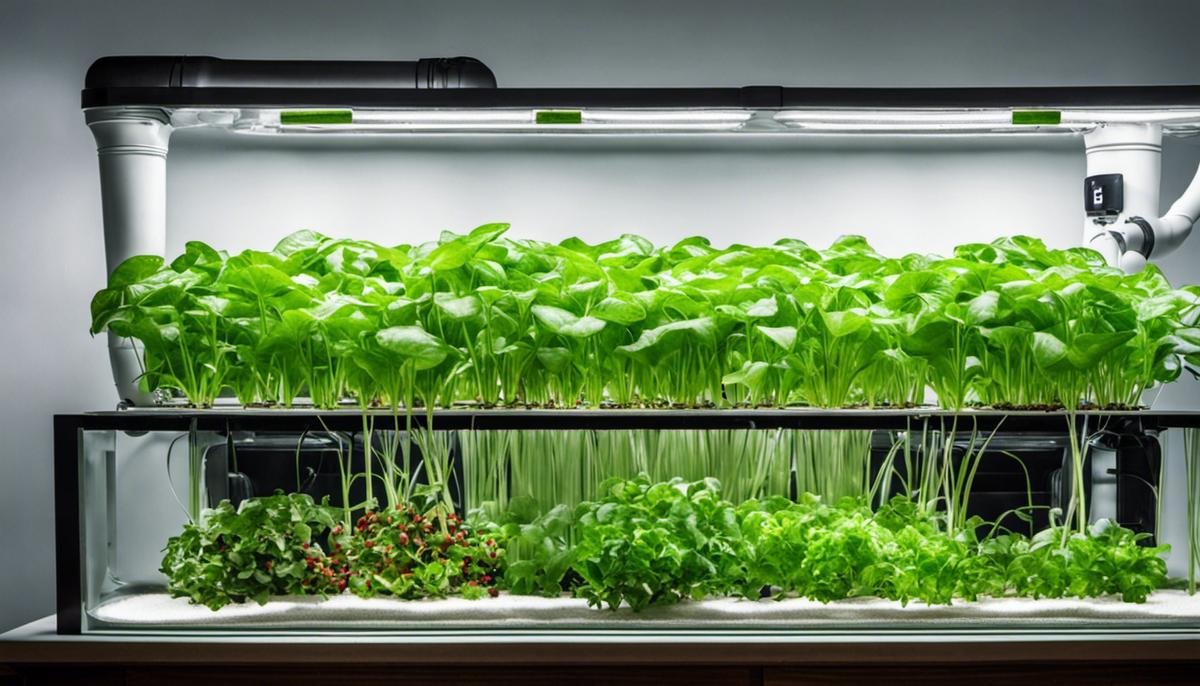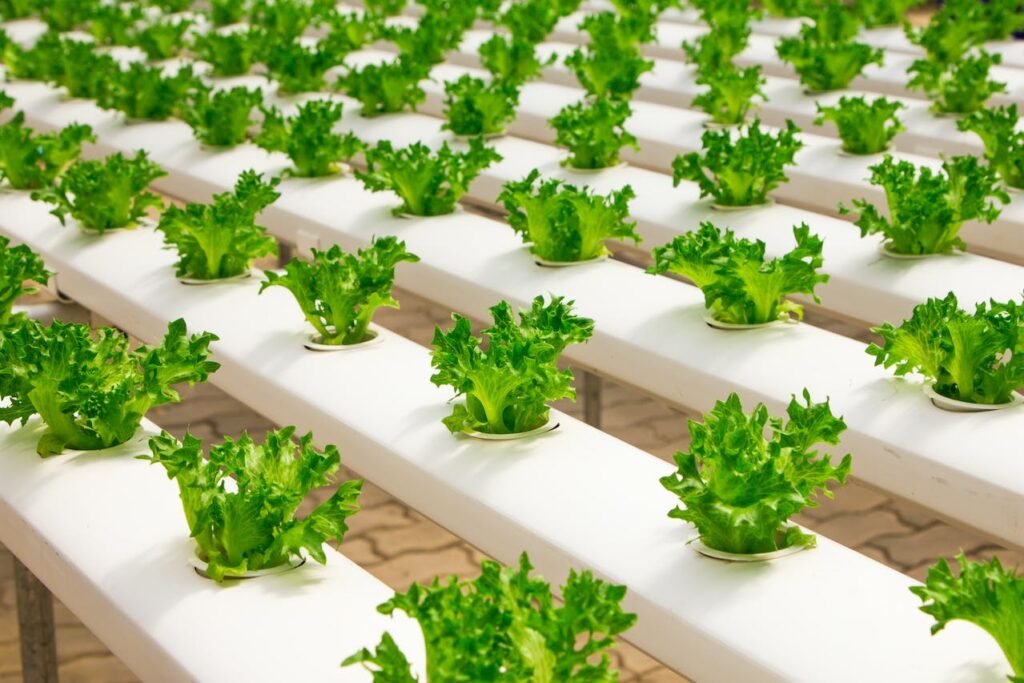In the evolving digital era, establishing an online presence through a unique domain name has become a vital part of building a brand or operating a website. This essay dives into the world of domain names, underlining their vital roles and structural intricacies. It also highlights how domain names contribute to search engine optimization (SEO) positioning. Furthermore, it guides you through key factors to consider when buying a domain name – including selecting a memorable name, ensuring its legal availability, and understanding the significant impact of domain extensions. It then proceeds to unveil top domain buying platforms, based on aspects like pricing, user experience, and value-added features, and presents a straightforward process of acquiring a domain. Finally, emerging trends in the domain buying landscape, including new top-level domains, premium domains, and domain name marketplaces, are explored, providing a holistic perspective to help you make informed decisions for your online journey.
Understanding Domain Names
Imagine the digital world as an infinite city and domain names as the addresses to the numerous buildings in that city. It’s not an overstatement to say that in today’s tech-centric landscape, domain names have become digital real estate. They are no longer just a portal to the boundless information on the internet; they are the very foundation of an online presence, either for individuals or businesses. Maneuvering through the labyrinth of the digital world would be nearly impossible without an identifiable address – here’s where domain names come into play.
Investing in domain names can be compared to investing in physical real estate properties. Like a piece of property in a prime location, a catchy and easily identifiable domain name has the potential to increase in value over time. The right domain name fuels business growth and establishes brand identity in the cyberspace. Additionally, they are pivotal in optimizing search engine rankings, catering to customer habits, and building credibility.
In the era of digital dominance, domain names are the very fabric of online navigation. They shape how businesses, brands, and individuals are seen and discovered on the internet. As we continue to dive deeper into technology and digitalization, the significance of owning a domain name will only amplify, reinforcing its importance to effective digital communication and branding strategy.
Key Factors to Consider When Buying a Domain
Domain availability is a crucial component in your domain name acquisition checklist. The perfect domain name doesn’t necessarily have to be your company’s name verbatim, as long as it’s relevant and easily recognizable. However, bear in mind that the domain name landscape is crowded. Each potential domain name you come up with may already be registered by someone else. For this reason, creativity is key in this process. Exploring various Top-Level Domains (TLDs) such as .tech, .online, .store, etc., not only gives you more options but also adds a unique touch to your brand presence online.
However, choosing a domain name doesn’t end there. Privacy and security are other critical factors that should never be brushed under the rug. Ensure to opt for domain privacy to protect the registrant’s personal information from being publicly listed in the WHOIS directory. This minimizes the risk of becoming a victim to spamming or linked identity theft. Also, confirm that your domain name provider offers robust security measures, like DNSSEC, which protects your domain from DNS cache poisoning and other DNS-related security risks.
Lastly, consider future scalability right from the start. A domain name may sound suitable today, but will it still make sense if your business expands or pivots in the future? Therefore, make sure your chosen domain doesn’t box you into a corner. A name related to your industry or services, rather than a specific product, gives you more room to grow or shift your business focus down the line. In addition, ensure that the domain name doesn’t limit your geographical reach, especially if you’re planning for global expansion in the future.

Top Domain Buying Platforms
When it comes to domain acquisition services, there are multiple key players making waves in the tech space. One of the most recognizable names would be GoDaddy. Known for its wide array of services ranging from domain purchase, domain transfer to web hosting, and robust customer service, GoDaddy is often the first stop for individuals and businesses alike stepping into the realm of online presence. Its interactive interface, attractive promotional offers, and comprehensive user experience make it appealing to both tech enthusiasts and novices.
Another equally significant player in the world of domain name services is Namecheap. Namecheap lives up to its moniker by offering competitively priced domain names coupled with a suite of additional services including hosting, email, and even VPN services. It’s a sweet deal for tech-savvy users who appreciate the additional security layer while maintaining an affordable budget. Namecheap stands out for its strong stance on user privacy and security, aligned with the trends in the tech industry.
A further mention goes to Google Domains, a service by the tech giant itself. Characteristically simple and clear-cut, Google Domains cuts through the fluff and gets right down to business – search for, buy or transfer domains. Decked out with Google’s reliable infrastructure and security, integrations with popular website builders, and domain management tools, it’s a minimalist yet power-packed option.
Last but not least, there’s Bluehost, a name resonating among those looking for domain purchasing, hosting solutions, and specifically, WordPress hosting options. Offering competitive pricing and superb customer service, Bluehost has earned itself a long-standing reputation in the community of website owners and developers. Packed with features that enhance scalability, it caters perfectly to tech enthusiasts who envision growth and global expansion.
Each of these providers offers a unique blend of services, customer experience, and pricing strategies, giving you a plethora of choices to take your first step or the next leap in the digital domain.

The Process of Buying a Domain Name
Navigating the domain purchasing process on platforms like GoDaddy, Namecheap, Google Domains, and Bluehost isn’t as daunting as it might seem. While each platform has its unique blend of services, user experience, and pricing strategies, the underlying process remains fundamentally the same.
On each platform you initiate the process by searching for the domain name you desire. The search results will reveal whether the domain name is available or already owned by someone else.
If the desired domain is available, the platform will provide options for purchasing and register it. This typically involves selecting the domain(s) from the search results and proceeding to the checkout process. Here, you may be offered additional services such as domain privacy, hosting plans, or email services, among others. Make your selection carefully.
During checkout, you’ll need to provide your details to set up an account with the platform (if you don’t already have one). Once that’s completed, configure your domain name’s settings according to your needs. The configuration options can range from DNS changes to forwarding settings. Remember, each step can be adjusted later in your domain control panel.
Finally, make sure to review the auto-renewal policies. Letting a domain name expire can lead to loss of the name and potential website downtime.
Platforms like Google Domains and Bluehost are well-liked for their clean and user-friendly interfaces and reliable infrastructures. Namecheap stands out for its sturdy advocacy for privacy and security, and GoDaddy draws users in with its comprehensive array of services and promotional offers. Yet, no matter the platform, maintaining a watchful eye to its offerings, pricing, and customer experience is critical during the domain purchasing process. As each provider offers distinct services and pricing strategies, comparing and examining the options carefully before making a decision can be vital to your domain name’s longevity and relevance.

Top Trends in Domain Buying
Embracing tech advancements also means recognizing the rise of new domain extensions, which are effectively reshaping the domain purchasing landscape. What used to be confined to a select few (.com, .net, .edu, or .org, for instance) has now exploded into an array of thematic and highly customized domain extensions. Think about what .club or .store could do for a brand’s image. These targeted domain extensions help businesses further define their identity, positioning, and industry relevance.
Moreover, the artificial intelligence trend evident in many digital arenas is similarly being applied to the domain purchasing sphere. We’re seeing the introduction of AI-powered domain name generators that provide intuitive and valuable suggestions based on keywords. Using complex algorithms, these tools generate customized, available, and thematic domains, significantly simplifying your search process. In addition, some even go as far as proposing suitable brand-names and associated social media handles, ensuring overall availability and consistency.
The landscape is undoubtedly evolving. Therefore, keen observers and tech enthusiasts are carefully tracking these and other emerging trends, understanding the profound impact they can potentially have on brand representation, online presence, business expansion, and much more. By proactively adapting to these developments, businesses can ensure they stay a step ahead, securing optimal domains that effectively boost their digital journey.

As we continue to embrace digitalization, understanding the dynamics of domain names, their purchasing considerations, top platforms, acquisition process, and trending shifts is vital. A suitable domain forms the bedrock of your online identity, and as such, it’s essential to make informed decisions in its purchase. Whether you aim to run an e-commerce store, publish a blog, or establish a corporate web presence, this information has equipped you with the pertinent aspects at play in the domain buying sphere. Armed with this understanding, you are well-positioned to secure a domain that not only best represents your brand but also holds the potential to optimize your visibility in the digital landscape. As the future unfolds, stay attuned to the emerging trends to leverage any new opportunities in this engaging domain world.







